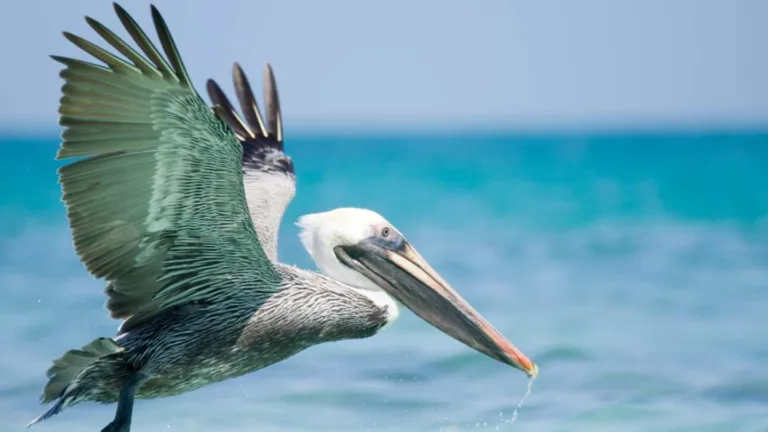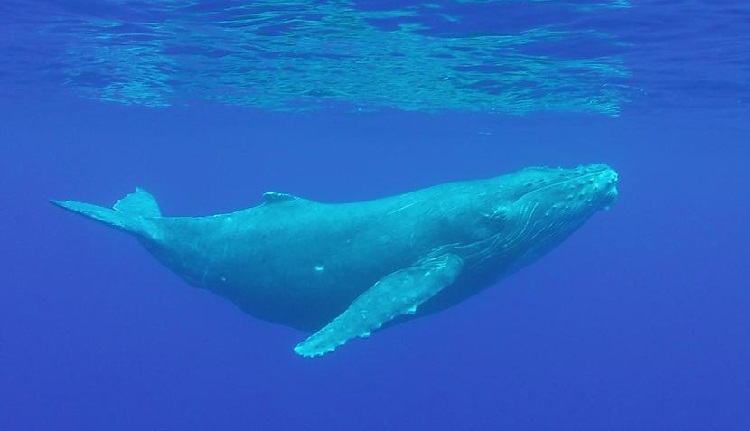The deep ocean holds many secrets, and among the most intriguing are the giant squid. These colossal creatures have captured our imaginations for centuries, inspiring myths and legends. Despite their fame in folklore, much about these enigmatic animals remains unknown.
Scientists have learned a great deal About Giant Squid Through Studying washed-up carcasses and the occasional glimpse of a live specimen. However, their elusive nature makes them incredibly difficult to study in their natural habitat. What we do know is that they are truly remarkable creatures. Their immense size, Complex Anatomy, and fascinating behaviors set them apart as one of the ocean’s Most Captivating Inhabitants.
Prepare to dive deep into the world of giant squid as we explore some of their most intriguing Fun Facts About Giant Squids. From their enormous eyes to their Unique Mating Rituals, these creatures offer a glimpse into the wonders that lie hidden beneath the waves.
Giant Squid Anatomy And Physiology
Giant squid are built for life in the deep, Dark Ocean. Their bodies are torpedo-shaped, streamlined for efficient movement through water. They have eight long arms and Two Shorter Tentacles, all lined with suckers that can Grip Prey Tightly. Each sucker is armed with sharp, serrated edges capable of inflicting serious wounds, even on large animals like sperm whales, Their Main Predator.
Speaking of impressive features, their eyes are truly something special. Reaching up to 10.5 Inches Across, they are the largest in the Animal Kingdom. While the exact function of these enormous eyes is still debated by scientists, it’s believed they allow giant squid to detect even the faintest glimmer of light in the depths of the ocean. This ability is crucial for hunting and avoiding predators in their dark environment.
 Cat With Big Feet: Polydactylism in Cats Explained
Cat With Big Feet: Polydactylism in Cats ExplainedBeyond their size, the inner workings of a giant squid are equally fascinating. They possess three hearts: two that pump blood through their gills, and one that circulates oxygenated blood throughout the rest of their body. They also have a radula, a tongue-like structure covered in sharp denticles used for scraping and tearing prey. Giant squid are incredibly well adapted To Their Unique Lifestyle, showcasing a blend of strength, intelligence, and fascinating physiological adaptations that make Them Truly Remarkable Creatures.
Sensory Abilities and Hunting Techniques
Life in the deep ocean demands specialized senses to navigate and hunt. Giant squid have evolved a suite of sensory abilities that allow them to thrive in this challenging environment. Their large eyes, As Mentioned Before, are incredibly sensitive to light, allowing them to detect even the faintest bioluminescence emitted by prey or other squid in the dark depths.
Giant squid also possess sophisticated tactile senses. Their arms and tentacles are covered in thousands of suckers, each equipped with chemoreceptors that can detect chemicals and vibrations in the water. These receptors help them locate prey, Navigate Their Surroundings, and even communicate with each other. When hunting, giant squid employ a cunning strategy Involving Bioluminescence. They attract unsuspecting prey by mimicking the light patterns of jellyfish, luring them closer before launching a swift and deadly attack.
This combination of visual acuity, Tactile Sensitivity, and strategic use of bioluminescence makes giant squid incredibly efficient predators in Their Dark Underwater Realm.
Size, Reproduction, and Lifespan
Giant squid are truly massive creatures, capable of reaching astonishing lengths. While the largest confirmed specimen measured 43 Feet Long, there have been reports of even Larger Individuals, Though These Remain Unverified. Females are typically twice the size of males, showcasing a significant sexual dimorphism in these deep-Sea Giants. This difference in size plays a role in their complex mating rituals, which involve elaborate displays and chases.
Reproduction in giant squid is shrouded in mystery. We know that males possess a long, retractable penis used to inject sperm into the female’s Skin During Mating. Little else is known about their breeding habits or the development of Their Young. Their lifespan is also difficult to determine, as scientists have yet to observe them in their natural habitat for Extended Periods.
Based on available evidence, it is estimated that giant squid may live for several years, though some experts suggest they could Reach Even Longer Lifespans. Their elusive nature and the challenges of studying them in the deep ocean continue to fuel scientific curiosity and drive research into these fascinating creatures.
The Life Cycle Of A Giant Squid
The life cycle of a giant squid remains largely unknown due to the challenges of observing them in Their Natural Habitat. Scientists have pieced together some information from recovered carcasses and rare sightings, but much about their development and behavior remains a mystery.
We know that female giant squid are significantly larger than males and likely give birth to live young, as evidenced by the presence of embryos found in captured females. These young squid would be born fully formed and equipped to survive on their own in the vast and unforgiving depths of the ocean. They would spend their early years growing rapidly and developing their sensory abilities, honing their skills as hunters and evading predators in a dark and Dangerous World.
As they mature, giant squid would engage in complex Social Interactions, potentially forming groups or engaging in Territorial Disputes. They would also face constant threats from larger predators like sperm whales, which have been known to target giant squid for food.
Unraveling the Mysteries
Despite centuries of fascination and numerous expeditions, giant squid continue to elude our Full Understanding. Their remote habitat deep in the ocean, coupled with their elusive nature, makes them incredibly difficult to study. Scientists rely on rare sightings, washed-Up Carcasses, and indirect evidence like sperm whale injuries to piece together information about These Enigmatic Creatures.
Advanced technology is helping us unravel some of the mysteries surrounding giant squid. Remotely operated vehicles (ROVs) equipped with high-definition cameras and sensors allow researchers to explore the depths where giant squid live without disturbing their environment. These tools have captured stunning footage of these magnificent creatures in their Natural Habitat, providing invaluable insights into their behavior and ecology. With ongoing research and technological advancements, we can expect to learn more About These Fascinating deep-sea giants in the years to come.










